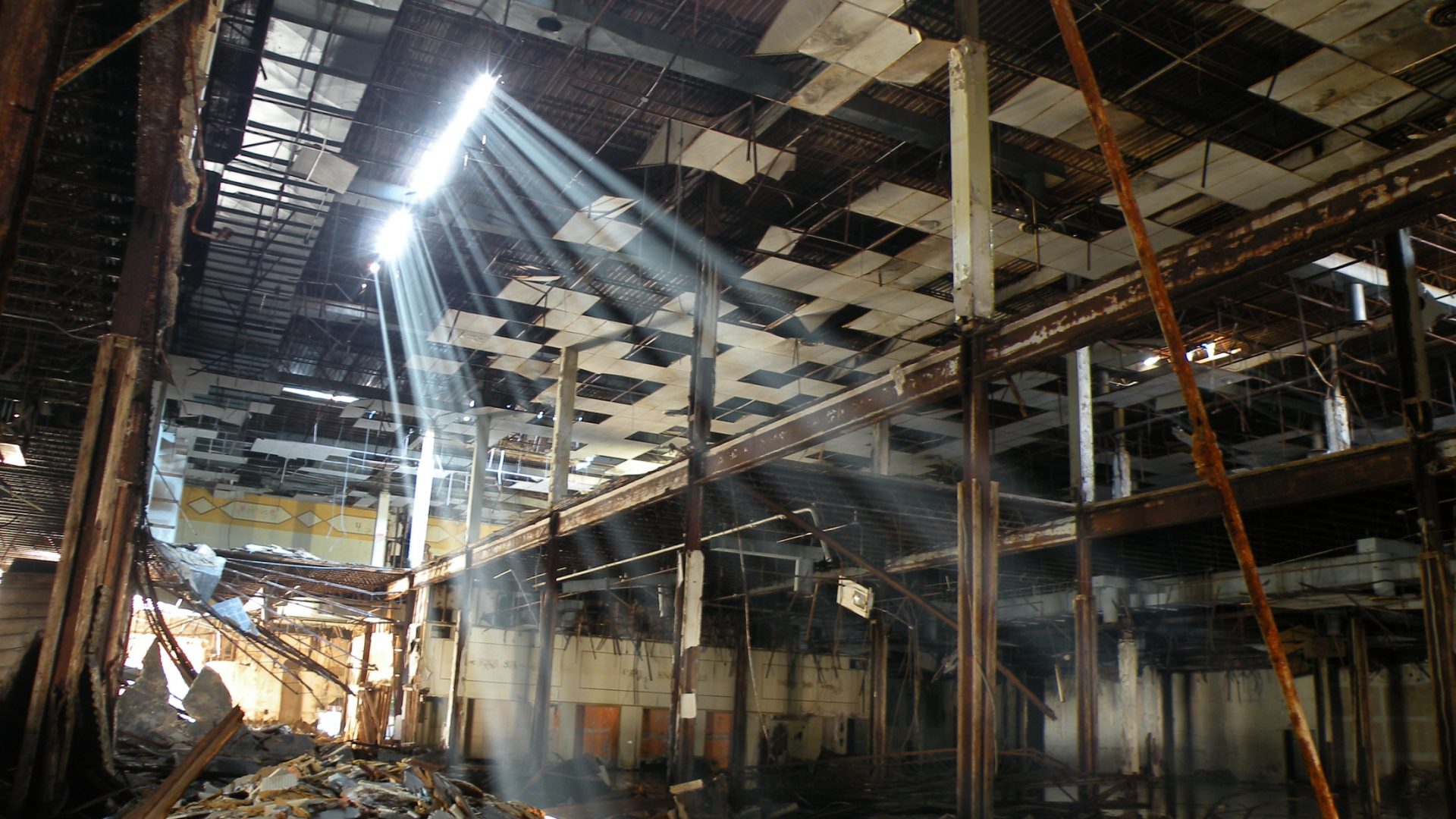| Origins | Settled c. 1835 and annexed c. 1914 |
|---|---|
| Area | Far Southwest Side |
| Boundaries | 107th Street to 111th Street on the north, 119th Street on the south, Halsted Street to South Ashland Avenue on the east, South California Avenue to the railroad tracks near Sacramento Avenue to the tracks near Mount Hope Cemetery on the west |
| Gangs headquartered | Gangster Disciples, Black Disciples, |
This area was first settled in the 1830s by various farmers. In the early 1840s the southern part of this area had a problem with horse thieves that would ride around and rob people of their horses; this gave the nickname “Horse Thief Hollow.”
In the year 1844 Thomas Morgan was the first to own several acres of land in this area as he owned a cattle and sheep ranch in the area.
In the year 1869 Blue Island Land and Building Company purchased this property from Thomas Morgan’s family now that Morgan was deceased for the purpose of subdividing the land and making it into a community.
In the 1870s decade the area began to turn into a community that was desired which consisted of three schools at college level that were built in the 1870s. The area became heavily settled by the Irish as the 19th century progressed.
In the year 1882 the community achieved incorporation and became the Village of Morgan Park, named after Thomas Morgan.
In the 1890s-decade French immigrants and African Americans came to Morgan Park and lived in the east side of the neighborhood. The African Americans were allowed to live in Morgan Park but only under the condition that they lived east of Vincennes Avenue.
Morgan Park remained a suburb until the year 1914 when unanimous votes came in favor of incorporation into the city of Chicago.
In the 1920s decade more African Americans came to live on the east side of Morgan Park as long as they would abide by the covenant that they must live east of Vincennes. Blacks complied by this demand and they were able to use integrated public areas like the public library for example. By 1930 35% of Morgan Park was African American and throughout the next few decades black Americans continued to move into the community gradually with more whites as new subdivisions were built.
The construction of the Dan Ryan Expressway in 1958 brought an extension onto Interstate 57 that went through Morgan Park just east of Vincennes Avenue that further cut off the black community from the whites. This highway construction reshaped much of the city and caused increased black migration to white neighborhoods and now more lower income blacks would move to Morgan Park. The increased black migration caused racial conflicts between blacks and whites as blacks had to move west of Vincennes into the white area. Black youths were often victims of attacks from groups of white youths, and this is when the Blackstone Raiders arrived from Woodlawn to support black youths victimized by racial attacks. The Raiders would only last a year or so then fade from the streets of Chicago.
In between 1969 and 1974 several section 235 houses were built in Morgan Park by the Chicago Housing Authority which increased the black population more.
When the section 235 homes were built beginning in 1969 this is when racial tensions brewed especially now that the population of lower income blacks would increase. Much of the white community felt it was unfair that more poverty was arriving and with the racial clashing came the arrival of the Black P Stones and Black Gangster Disciples in 1969 as both groups were settling the further south side that year. At first these groups fought for the equal treatment of black families in Morgan Park but they soon turned on each other as gang violence became a major issue.
African Americans continued to settle in Morgan Park in the 1970s and 1980s as they moved further west of Vincennes Avenue and whites moved out into the suburbs. Eventually the white part of Morgan Park was mainly west of Western Avenue now.
Several factors like poverty and some disinvestment of the east side led to drugs and gangs having a strong foothold in the mostly eastern half of the community; however, the neighborhood has not fallen into blight because there are still many middle classes and homeowners in the neighborhood including many black middle-class families. Morgan Park is one of the tougher neighborhoods in Chicago and has some issues with violent crime; however, it is not a highly dangerous community. Many renovations and shopping centers have been put in over the years to keep the value of the neighborhood steady.
Here are main gangs that have walked these streets over time:
Lynchmen Sercaun Gangsters
111th & Racine
109th & Elizabeth
Black Disciples Established 1969-present years
111th & Vincennes
108th Pl & Church
111th to 115th, Ashland to Racine (Ada Park)
Black P Stones Established 1969-present years
113th Pl & Morgan
115th & Morgan
Conservative Vice Lords
107th & Racine
Traveling Vice Lords
104th & Racine
Gangster Disciples Established 1969-present years
115th to 119th, Watkins to Hale (Mickey World)
114th & Edmaire (MPGs)
